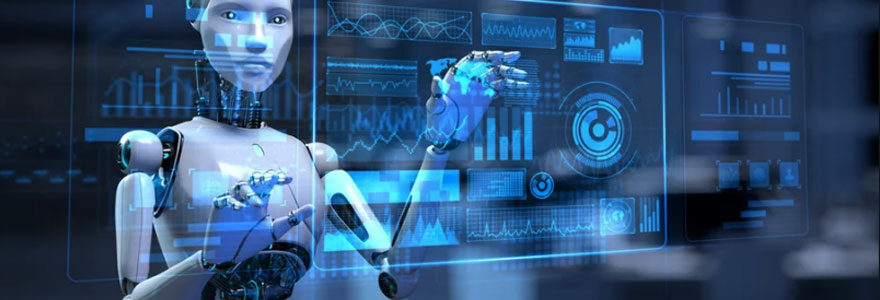Robots are increasingly becoming a staple in many industries, with their varied applications and capabilities. They are able to perform tasks that are either too difficult or too dangerous for humans. There are three main types of robotic systems: manipulator arms, mobile robots, and stationary robots.
Manipulator arms are the most common type of industrial robot. They are used in a variety of tasks, such as welding, fabricating, and assembly. Mobile robots are used in tasks that require them to move around, such as material handling and inspection. Stationary robots are used in tasks that do not require movement, such as machine tending and packaging. Eumetrys Robotics, in turn, provides replacement of a PRI Robotics and its machines.
The three types of robotic systems are:
The three types of robotic systems are: 1. Manipulator Arm: A manipulator arm is a robotic arm that is used to interact with the environment or other objects. 2. Mobile Robot: A mobile robot is a robot that is able to move around on its own. 3. Stationary Robot: A stationary robot is a robot that is stationary and does not move.
1 Industrial Robots
In the simplest terms, an industrial robot is a machine that is used to carry out specific tasks within a factory or manufacturing environment. These machines are usually designed to work within a specific process, and are often controlled by a computer program. There are three main types of industrial robots:
Cartesian robots, also known as linear robots, are the most common type of industrial robot. They are so named because they operate on a Cartesian coordinate system, with each axis corresponding to a specific linear motion. Cartesian robots are used for tasks such as welding, fabricating and material handling.
Cylindrical robots are designed for tasks that require a more circular motion, such as painting or assembling. These robots typically have two or three axes of motion, and are often used in tasks that require a high degree of precision.
SCARA robots are similar to Cartesian robots, but have a more limited range of motion. They are typically used for tasks such as pick-and-place, packaging and inspection.
2 Service Robots
A service robot is a robot that is used to perform tasks that are not suitable for human beings. They are used in a wide variety of settings, including:
- Hospitals: Service robots are used in hospitals to transport patients and perform other tasks that would be difficult or impossible for humans to do.
- Factories: Service robots are used in factories to perform tasks that are dangerous or repetitive.
- Stores: Service robots are used in stores to help customers find products and to provide information about products.
- Homes: Service robots are used in homes to perform tasks such as cleaning, vacuuming, and mowing the lawn.
3 Research Robots
Robots are increasingly becoming a staple in research laboratories around the world. They are being used in a variety of different fields such as medicine, biology, and chemistry. There are three main types of research robots:
1. telerobots: These are robots that are controlled by a human operator who is located remotely. They are often used in dangerous or difficult environments.
2. autonomous robots: These robots are capable of working independently without the need for human intervention. They are often used for tasks such as exploring hazardous environments or collecting data.
3. collaborative robots: These robots are designed to work alongside humans. They are often used in manufacturing or assembly tasks.
There are three types of robotic systems: teleoperated, semi-autonomous, and autonomous. Teleoperated systems are those where a human operator is in control of the robot at all times. Semi-autonomous systems are those where the robot can make some decisions on its own, but the human operator still has ultimate control. Autonomous systems are those where the robot is in control and the human operator does not have any direct control.
